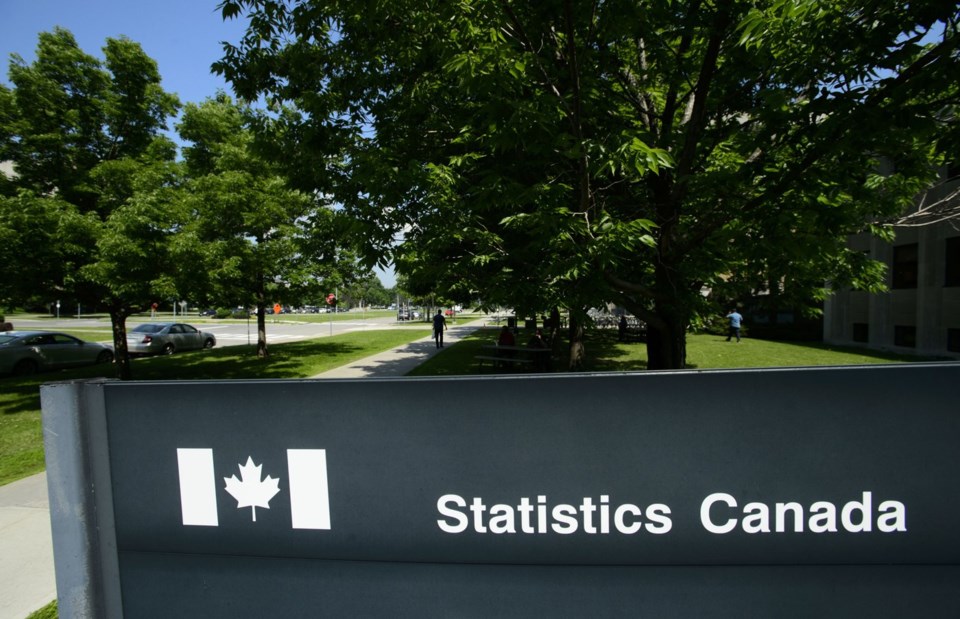OTTAWA — The income gap between the country's highest and lowest income households reached a record high in the first quarter of 2025, Statistics Canada said Wednesday.
The agency said the difference in the share of disposable income between households in the top 40 per cent of the income distribution and the bottom 40 per cent grew to 49 percentage points in the first three months of the year.
"It's not a surprise with the economic uncertainty we've been experiencing and the stress in the labour market. Unemployment is rising, and it's really rising in particular for young people — young graduates coming out of school, they're not finding their first job," said Katherine Scott, a senior researcher focused on gender equality and public policy at the Canadian Centre for Policy Alternatives.
"This is all contributing to a lot of economic distress, and it is turning up in the data."
Statistics Canada said the measure has increased each year following the onset of the COVID-19 pandemic.
For the first quarter of 2025, it said the increase came as the highest income households gained from investments, while the lowest income households saw wages decline.
Scott said many individuals at the higher end of the income scale didn't see their incomes decline during the pandemic, with many staying in their jobs.
"But more importantly, they were in a position to take advantage of the huge run-up of the investment markets that happened at that time and have continued to increase ever since," Scott said.
Those in the bottom 20 per cent of the income distribution saw the weakest growth in disposable income in the first quarter at 3.2 per cent compared with a year ago as their average wages edged down 0.7 per cent.
"I think it's generally related to poor income growth by lower-income earners, people earning less than the average income. They're having a harder time making ends meet. Whereas the income growth is being pretty positive for people above average," said David Soberman, a professor at Rotman School of Management.
"When that happens, you get an increasing wealth gap, and I think it creates a lot of frustration in society."
The lowest income households also saw the largest drop in net investment income as their investment earnings fell 35.3 per cent, while net transfers received, including increased government support measures, rose 31.2 per cent.
The average disposable income for those in the top 20 per cent of the income distribution increased at the fastest pace of any income group in the first quarter of 2025 as they benefited from a 7.7 per cent increase compared with a year earlier.
The highest income households saw a 4.7 per cent increase in average wages and a 7.4 per cent gain in investment income.
Statistics Canada said the wealth gap also increased as the top 20 per cent of the wealth distribution accounted for 64.7 per cent of Canada's total net worth in the first quarter, averaging $3.3 million per household.
The bottom 40 per cent of the wealth distribution accounted for 3.3 per cent of net worth, averaging $85,700 per household.
Scott highlighted that following the 2008-09 recession, there was a "real discussion" regarding rising income inequality, which doesn't appear to be taking place currently.
"This kind of information, the largest gap ever, it's a wake-up call. We can't sustain it, we have to pay attention to the structure of our economy and the distribution of that," she said.
"We have to grow the pie, but we have to talk about the distribution of the pie. It matters that people are able to live a decent quality of life with dignity. I think that's a really important public policy goal, which seems to be lost in the current conversation."
This report by The Canadian Press was first published July 16, 2025.
Daniel Johnson, The Canadian Press



